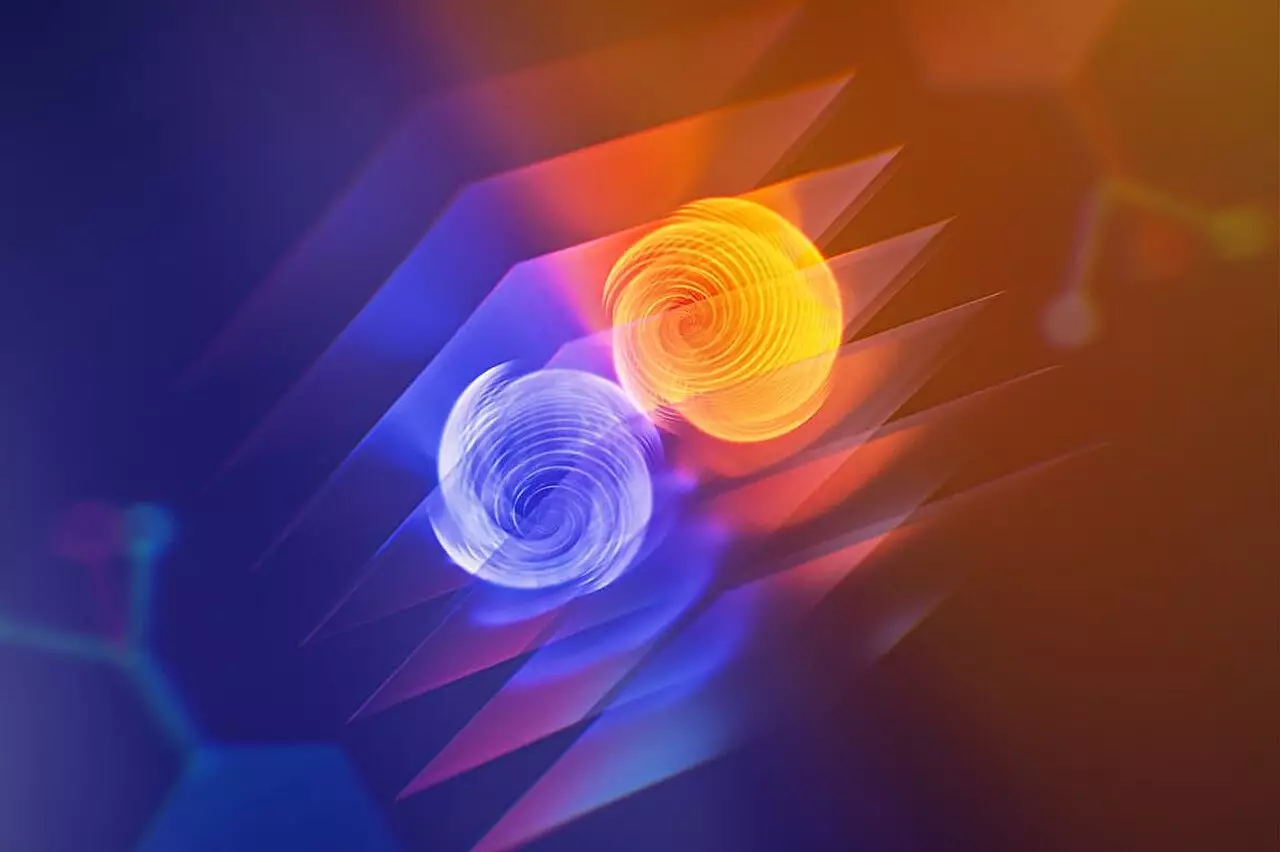In a significant leap for modern technology, a team of researchers at the California NanoSystems Institute, UCLA, has pioneered a novel material rooted in the properties of conventional superconductors. This breakthrough could reshape our understanding of quantum computing—a field teetering on the brink of revolutionizing everything from cybersecurity to artificial intelligence. The research, recently published in the esteemed journal *Nature*, brings new hope not just for quantum computing, but for conventional electronics as well.
Superconductors boast the unique ability to allow electrons to traverse through them without resistance, provided they are chilled to staggering low temperatures. However, these materials have historically faltered when subjected to higher magnetic fields, enigmatic limits that circle around their operational capabilities. The innovative team, however, has designed a material that breaks through these confines, showcasing superconducting characteristics even under magnetic fields stronger than previously thought possible for conventional superconductors.
The Superconducting Diode Effect: A Game Changer
One particularly captivating facet of this new material is its ability to portray what is termed the superconducting diode effect. Traditional superconductors lose their zero-resistance properties when electrical currents flow in opposite directions at equal strength. However, this newly developed material exhibits a remarkable difference in its behavior relative to the direction of current flow. By allowing a higher electrical current in one direction over the other, it effectively presents a level of control and efficiency uncharted in prior superconducting materials.
What does this mean for practical applications? It hints at the potential to design quantum circuits that can handle more significant electrical loads seamlessly, effectively enhancing computational power and quantum coherence—the elusive quality that enables qubits to maintain their state longer, thus performing complex calculations with greater efficiency.
A Leap Into Chiral Superconductivity
The research not only illustrates how to improve existing superconductors but also delves into the elusive realm of chiral superconductors. These unconventional superconductors operate under a framework where entangled electrons can spin in similar directions, violating many of the conventional expectations ascribed to their behavior. This foundational difference allows for innovative approaches to current flow, leading to faster operations and higher efficiency—qualities that conventional superconductors lack.
The chiral paradigm introduces a new edge to quantum computing, where qubits remain fragile and susceptible to external disturbances. To overcome this hurdle, engineering the new material into a lattice that combines layers of conventional and chiral superconductors could provide the stability and performance needed to make quantum computers not only functional but incredibly powerful.
The Implications for Quantum Computing
Quantum computers are anticipated to perform calculations far beyond the capacities of classical machines, thanks to their unique operational dynamics. However, the challenge remains in protecting qubits from environmental interferences that can swiftly degrade their computational capabilities. Chiral superconductors, with their innate properties unlocking substantial advancements in quantum coherence, could facilitate the construction of highly efficient and stable qubits. This could propel quantum computing towards functionalities like deeply secure communication protocols, advanced simulations for drug development, and intelligent resource management in urban settings.
As researchers explore the scalability of these new hybrids, the future of quantum computing presents an intriguing mix of excitement and expectation. Indeed, the realization of capabilities such as high-fidelity simulation of financial markets or intricate city flow patterns lies tantalizingly within reach, contingent on breaking through the technological walls that have constrained the field.
Beyond Quantum: A New Era for Electronics
While the primary focus of this research is on quantum applications, the implications of the superconducting diode effect extend to conventional electronics too. The potential for increased speed and energy efficiency could revolutionize everyday devices, facilitating developments in areas such as communication technologies and data processing. Imagine computers that harness this technology operating at temperatures previously thought unsuitable for optimal performance. The advent of such capabilities could harness new operational paradigms, enhancing the capabilities of present-day products while paving the way for next-generation devices.
Ultimately, the transition from theoretical possibility to practical application is what defines innovation. By developing a method to produce chiral-like behavior in more accessible materials, this research opens the door not only to unlocking the secrets of quantum computing but also to redefining the technological landscape at large. The path carved out by these insights may hold the key to a vibrant future that is quicker, smarter, and more energy-efficient than ever before.

